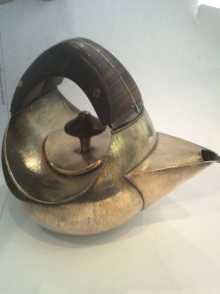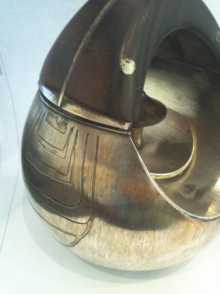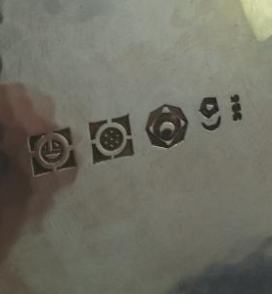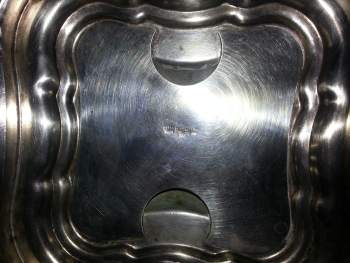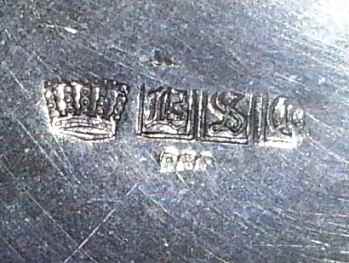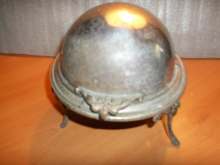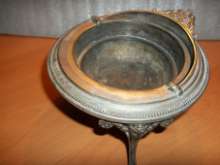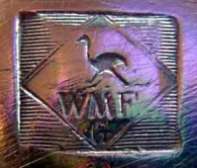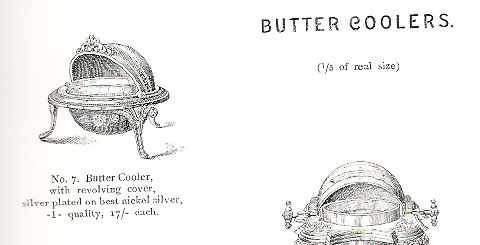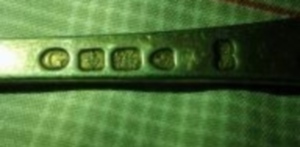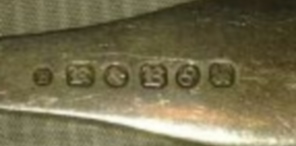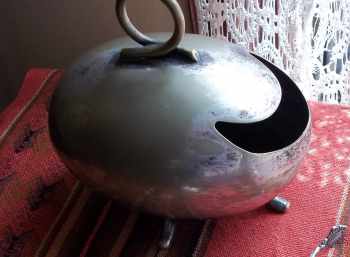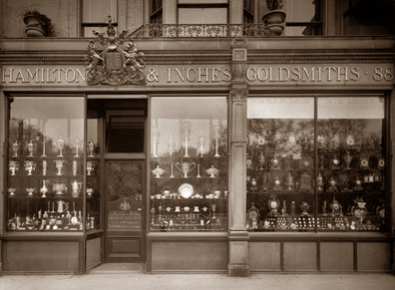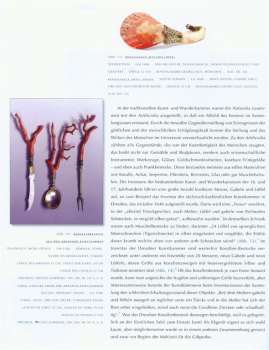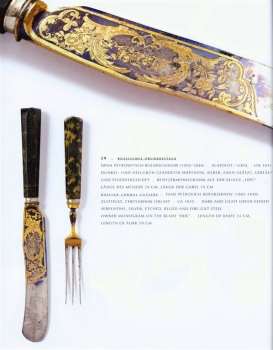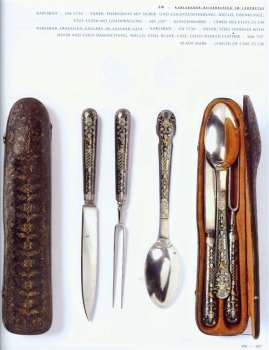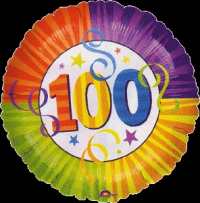 |
LETTER TO MEMBERS
This month ASCAS celebrates
its 100th issue. 100 months in which ASCAS newsletter
has reached your mailbox with new information, articles
and images dealing with the matter of common interest.
A happy occurrence with a great regret: the flow of new
articles by members continues to be scarce and I fear
that soon I'll be unable to maintain the regular
publication of next editions.
Once, ASCAS published two articles each month. Now, I'm
in great difficulty to publish one article each month.
The number of authors contributing to ASCAS is very
small, the "warehouse" of material suitable for
publication is emptying and soon I'll be obliged
renounce to present at least one article and one "members'
window" in each monthly edition of the newsletter.
ASCAS is not dead and isn't dying. Some interesting
articles and a handful of excellent authors are still
available and support ASCAS ensuring the survival in the coming months.
Anyway I wish to inform the MANY readers and the FEW
authors that without the support of ALL members ASCAS
will be soon forced to reduce the frequency of its
contacts, publishing the Newsletter, randomly, when
sufficient material will be gathered.
Thanks again for your past and future help.
Giorgio Busetto
|
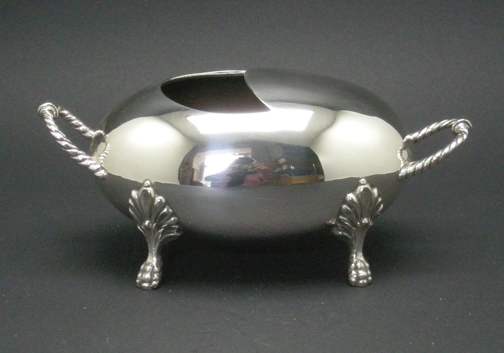
Christian M. Baur present:
Spoon warmers, an often incorrectly described object

Very difficult to trace, it is an invention of the late
Victorian period from about c1870. In ancient auction
results (The Values of Old English Silver and Sheffield
Plate, London, 1906), this item is never appearing and
so we can assume that it was either rare or everybody
wanted to keep it.
At a time when the kitchens were generally set far from
dining rooms, it was of great importance that food be
kept warm while being brought to the rarely heated
dining rooms. Apart from the large variety of dishes
that had hot water compartments so the enchanting spoon
warmers were invented....
click here

|
Welcome to new ASCAS members:
Johanna Bolland - England UK
Savannah Boucher - USA
Steve Herra - England UK
Josephine Hough - Australia
Roberta G. Parker - USA
Members' Window # 100
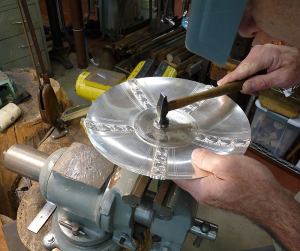
Jeffrey Herman presents:
Before and After on a Tiffany Sterling Plate

This plate came to me with chased lettering (not
engraved) that the customer wanted removed and the
overall look brought back to its original beauty.
I couldn't planish out the lettering because the metal
would dramatically deform and loose thickness.
I couldn't fill it in with silver solder because of all
the pin holes and color difference that would result.
And electroforming wouldn't do.
This job required the use of my pulse arc welder and was
going to very complex......
click here

|
Michael Wink writes:
...I found a teapot at an antique Fair. Again here I don't know
the maker. Maybe you know??
It was made in Germany around 1970 and has nice hallmarks of
Half-moon Crown and 925 + Silversmith (?)
It is very heavy. Weighing 1,3kg.
If you know would be great
Thank you
Michael Wink
I trust on the help of ASCAS members to identify the
maker of your teapot.
Giorgio Busetto
David Lindo writes:
...I was wondering if you could help me identify the attached
marking? The best I can figure out is that it's British.
Thanks,
David Lindo
The mark is American (US) not British. It refers to a
silverplate item (not sterling silver) made by Birmingham Silver
Co Inc. - Yalesville CT (see my website at
http://www.silvercollection.it/AMERICANSILVERPLATEMARKSBDUE.HTML
)
Giorgio Busetto
Linda Hart-Wiley writes:
...After much research, I am unable to locate a piece like this
with only WMF over G with a running ostrich. I have seen other
hallmarks but they have additional markings along with this one.
The third picture is what appears on the bottom of it. The
hallmark on this one is so very small that I could not capture
it with my camera. There is also a number 4 on the foot of one
of the legs.
Any information you can provide would be much appreciated.
Thank you for your help.
Sincerely,
Linda Hart-Wiley
your item is a butter cooler described on WMF 1906
catalog as "N° 7 Butter cooler, with revolving cover, silver
plated on best nickel silver, - I - quality, 17/- each" (the
price refers to UK market).
Giorgio Busetto
Cassi Tomlin writes:
...I was just curious if you could give me any information on my
spoons. I have no idea about their origin.
Thanks for your help
Cassi Tomlin
Both spoons are silverplate (not sterling silver).
The first mark isn't well readable. Anyway I believe it's the
mark of John Gilbert (see my website at
http://www.silvercollection.it/electroplatesilverG.html ).
The second is the mark of Roberts & Briggs (see my website at
http://www.silvercollection.it/electroplatesilverQR.html )
Giorgio Busetto
Giorgio Busetto writes:
Your item is indeed a spoon warmer. See the article
written by Christian M. Baur in this newsletter
Giorgio Busetto
In this column we presents a page obtained from makers'
brochures, books, auction catalogs, advertising or whatever
other printed paper, related to silver, that may be of interest
for ASCAS members.
The images will be published at a "low resolution" level and for
private and personal use only
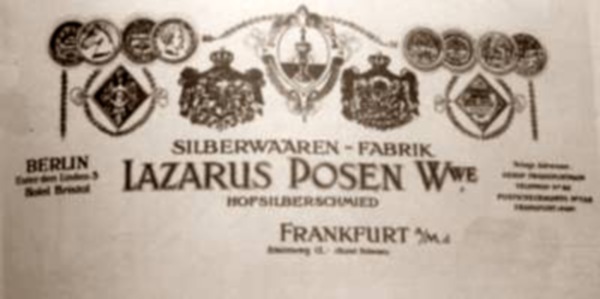
|
This month ASCAS presents an early 20th century
billhead of the German silverware factory
LAZARUS POSEN Wwe
(widow)
the firm was founded in Frankfurt a/m in
1869 by Brendina Wetzlar, the widow of Lazarus
Jacob Posen (silversmith and retailer). After
Brendina, the firm was managed by her son Jacob
L. Posen and, later, by her grandsons Jakob,
Hermann and Moritz Posen. In 1903 the firm
received a royal warrant and opened a shop in
Berlin. The owners were of Jewish origin and in
1938 the company was forcefully closed and
looted on Kristallnacht (Night of Broken Glass -
Novemberpogrome).
|
"A WORD per MONTH"
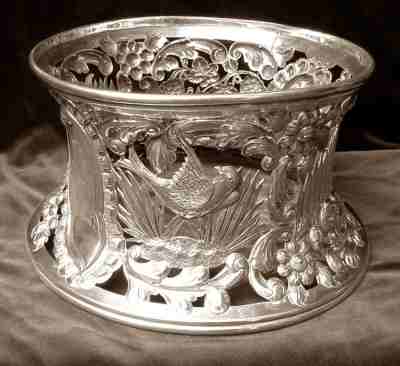
|
DISH RING
POTATO RING
It is a dinner table or sideboard accessory in the
form of a hollow cylindrical or spool-shaped ring. They
were used to support food dishes on the dining table,
helping a grand display and protecting the surface from
hot food heat.
They were introduced at the end of the 17th century in
France, England and Ireland. Some have the same width at
top and bottom, but most have different diameter of the
rim so that they could be reversed to support containers
of different sizes.
From the 1740s dish rings are usually spool-shaped and
their incurved sides offer the opportunity to
silversmiths to create decorative patterns using various
techniques as piercing, chasing and engraving......
more
|
"A SILVERSMITH per MONTH"
|
|
HAMILTON & INCHES
The business was founded on 10
November 1866 by Robert Kirk Inches and his uncle, James
Hamilton.
The firm opened its premises at 90A Princes Street,
Edinburgh under the name of Hamilton & Inches,
succeeding to Mackay, Cunningham & Co, where James
Hamilton operated as Principal Assistant for 20 years.
In 1883 James Hamilton retired from the partnership
leaving Robert Kirk Inches and his successors the right
to continue the business using his name and leaving
Robert in sole charge.
In 1887 they incorporated the old firm of Robert Bryson
& Sons, and expanded into new premises including their
own craftsmen's workshop at 87/88 Princes Street. The
premises occupied part of a late 18th-century building,
with a 19th-century shop front built out at ground
level....
more
|
"A BOOK ON MY SHELF"
In this column we present books, new
or ancient, dealing with silver in all its aspects (history,
marks, oddities...). This isn't a "book review" but only a fair
presentation of some useful "tools" that anyone may have in the
shelf of his bookcase.
ASCAS members are invited to contribute to this column
(click to enlarge images)
In the "book on my shelf" of this month Karin Sixl-Daniell
presents:
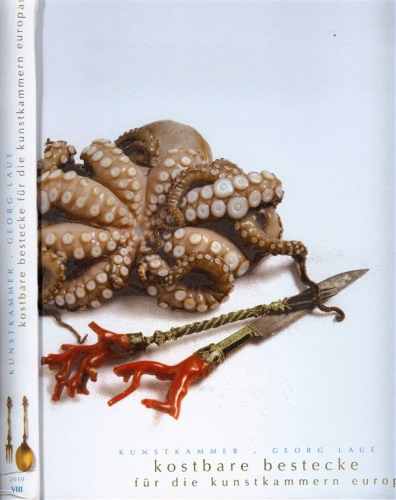
|
Kostbare Bestecke für die Kunstkammern
Europas
Precious Cutlery for European Kunstkammer
Edited by Georg Laue
with texts of Barbara Grotkamp-Schepers, Georg Laue
and Virginie Spenlé
München 2010
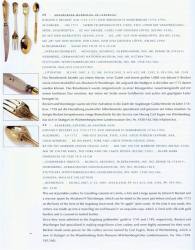
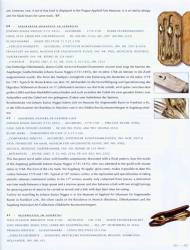
|
"A CREST per MONTH"
In this column we present images and
descriptions of Crests and Mottoes of British, Irish and
Scottish families as engraved on silver items.
NEEDHAM
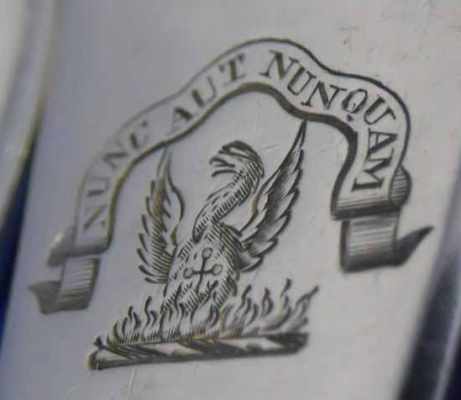
|
A Leicestershire family.
The crest is described as "a phoenix in flames".
The Latin motto is Nunc aut nunquam (Now or
never).
The crest was found on a set of silver plate forks
bearing a generic mark often used on electroplated wares

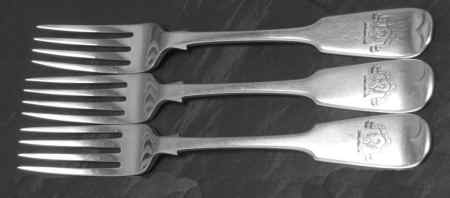
|
Closing our September 2012 edition of ASCAS Newsletter I
hope you have appreciated its content.
Your comments, suggestions and advice will be of great help.
My thanks to Christian M. Baur, Linda Hart-Wiley, Jeffrey Herman,
David Lindo, Karin Sixl-Daniell, Cassi Tomlin and Michael Wink
for their invaluable contributions.
Giorgio Busetto
Secretary
DISCLAIMER AND PRIVACY POLICY
ASCAS is a community of people having a common
interest in antique silver.
It is a non-profit association without commercial links.
Membership is open to whomever has a true interest in
this subject matter.
ASCAS has no real property and no fees are requested nor
accepted from members.
ASCAS keeps in touch with its members only through
periodical newsletters, e-mails and web-site updating
and ignores and is not responsible for any other
activity pursued by its members.
Likewise, ASCAS is not responsible for opinions,
evaluation and images displayed, and in any form
published or supplied for publication, by its members
who, in any case, maintain the property of their works
and assure the respect of national and international
legislation about Intellectual Property.
ASCAS does not have the full addresses of its members (only
town, country and e-mail address are requested for
membership).
ASCAS handles and protects with care its members' e-mail
addresses, will not disclose the addresses to third
parties, will use this information only to reply to
requests received from members and for communications
strictly related to its activity.
These rules are expressly accepted by submitting the
membership request.
|
|

 newsletter # 100 September 2012
newsletter # 100 September 2012








